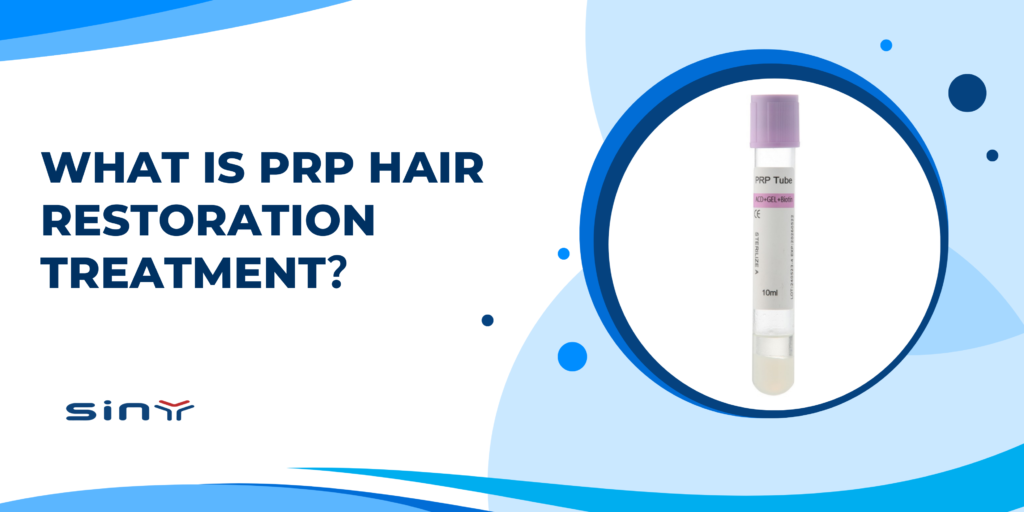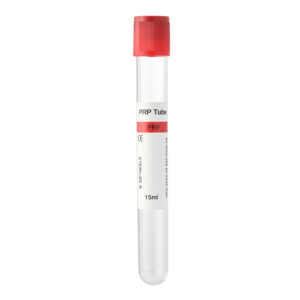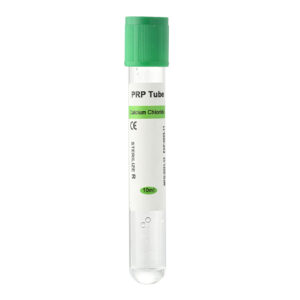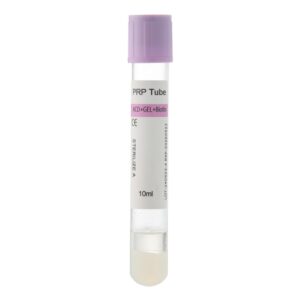Hair loss and thinning affect many people’s quality of life. With ongoing advances in biomedical science and regenerative medicine, PRP hair restoration treatment has gained attention for its safety and minimal invasiveness. This guide explains the principles behind PRP treatment, its clinical process, common uses, benefits, and limitations, and addresses frequently asked questions. We aim to provide clear, professional information that is easy to understand.
Overview and Background
PRP (Platelet-Rich Plasma) treatment uses your blood to extract plasma rich in platelets and growth factors. Clinical practice has shown that these active substances can improve the environment around hair follicles, stimulate cell regeneration, and extend the hair growth cycle. As hair restoration techniques evolve, PRP has become a popular option because it minimizes side effects and avoids rejection.
Scientific Principles and Biological Mechanisms
Role of Platelets and Growth Factors
Platelets play an important role in healing. They contain growth factors such as PDGF, TGF-β, VEGF, and IGF, which help in several ways:
- Cell Proliferation and Differentiation: They encourage the growth of cells within the hair follicle, helping the follicle shift from a resting phase to a growth phase.
- Improved Blood Flow: They enhance the local microcirculation, providing more oxygen and nutrients to the hair follicles.
- Inflammation Reduction: They help calm local inflammation and promote tissue repair.
Molecular Mechanisms and Signal Regulation
Research shows that the active molecules in PRP can activate key signaling pathways such as Wnt/β-catenin, PI3K/Akt, and MAPK. These pathways help control cell growth and survival, supporting continuous hair growth.
Detailed Procedure of PRP Hair Restoration
Blood Collection and Preparation
Under the guidance of a qualified medical professional, patients undergo a standard blood draw. Using strict sterile methods, about 10–60 milliliters of blood is collected based on the treatment area and individual needs.
Blood Centrifugation and Plasma Separation
The collected blood is processed using high-precision centrifuges. The machine separates red blood cells, white blood cells, and plasma. After further processing and filtering, the plasma with a high concentration of platelets is obtained. Some systems also use calcium chloride or similar agents to pre-activate the PRP so that it releases growth factors quickly when injected.
Injection Technique and Treatment Area Selection
The doctor plans the treatment based on the patient’s hair loss pattern. Using precise techniques, the PRP is injected evenly into the scalp in the affected areas. The treatment is usually done under local anesthesia, and patients often experience only a slight tingling sensation. The entire procedure typically takes 30 to 60 minutes.
Treatment Schedule and Follow-up
A typical treatment course includes 3 to 5 injections, spaced 4 to 6 weeks apart. After the sessions, patients should follow post-treatment care instructions, such as gentle scalp care and avoiding excessive sun exposure or harsh chemicals. Regular follow-up visits help track progress and adjust treatment if necessary.
Indications and Clinical Applications
Androgenetic Alopecia
PRP treatment works well for early to moderate hair loss due to androgenetic alopecia. By reactivating dormant hair follicles and improving blood flow, many patients notice increased hair density and thickness over time.
Alopecia Areata and Localized Hair Loss
For cases of patchy hair loss caused by inflammation or minor injuries, PRP’s ability to reduce inflammation and promote tissue repair offers a beneficial treatment option. In tougher cases, PRP is often combined with other treatments to achieve better results.
Support for Other Hair Restoration Treatments
Doctors also integrate PRP with hair transplant surgery, medication, or laser treatments to enhance overall effectiveness. It improves the environment around hair follicles, supporting the success of other therapies.
Advantages, Limitations, and Risk Assessment
Advantages
- High Safety: Using your blood minimizes the risk of immune rejection or infection.
- Minimally Invasive: The precise injection technique ensures the treatment is minimally invasive, with little to no scarring.
- Effective Results: PRP not only stimulates new hair growth but also improves the health of the scalp.
- Wide Application: It works for various hair loss conditions and can be used alone or as part of a combined treatment plan.
Limitations and Risks
- Variability in Response: Not everyone reacts the same way to PRP treatment, and some may need additional sessions or combined therapies.
- Dependence on Technique: The outcome depends on the quality of the equipment, the skill of the practitioner, and adherence to proper procedures.
- Mild Side Effects: Patients may experience temporary redness, slight pain, or minor bruising, which usually fade within a few days.
- Long-term Results: While many short-term studies report positive outcomes, confirming the long-term benefits requires further research.
Medical Consumables and Technical Support
Our company specializes in producing high-quality medical consumables for PRP treatment. We invest in research and development to supply clinics with a full range of standardized products, including:
High-Precision Disposable Syringes
These syringes help maintain a sterile environment during injections, significantly reducing the risk of contamination. Manufacturers use advanced techniques to produce them, ensuring consistent quality.
Professional-grade centrifuges and Accessories
Accurate centrifugation is essential for successful PRP preparation. Our centrifuges and accessories undergo rigorous testing to ensure the platelet concentration and activity in the plasma meet the highest standards.
Sterilization and Packaging Materials
Every step, from raw material procurement to final packaging, follows international hygiene standards. Our effective sterilization processes and secure packaging guarantee product reliability and safety for use in medical institutions.
Clinical Cases and Recent Research Trends
Recent studies and case reports have confirmed that PRP treatment can effectively improve hair density and thickness in patients with androgenetic alopecia and localized hair loss. Randomized controlled trials show significant improvement in hair measurements after standardized treatment protocols. Research is also exploring the combination of PRP with low-level laser therapy, topical medications, and stem cell treatments, opening new paths for more effective hair restoration methods. Ongoing studies aim to deepen the understanding of PRP’s molecular mechanisms to refine treatment plans further.
Common Questions and Answers (QA)
Q1: What types of hair loss are best suited for PRP treatment?
A: Medical professionals mainly recommend PRP treatment for early to moderate hair loss, such as androgenetic alopecia and localized patchy hair loss. Patients with severe hair loss should consult a doctor for an appropriate treatment plan.
Q2: Will the treatment be painful?
A: Doctors perform PRP treatment under local anesthesia, so most patients experience only a slight prick or minimal discomfort during the procedure.
Q3: How many sessions are typically required before seeing results?
A: A typical treatment course includes 3 to 5 sessions, with each session spaced 4 to 6 weeks apart. Some patients may notice improvements after the first session, but they usually achieve optimal results once they complete the full course.
Q4: What side effects or risks may occur?
A: PRP treatment is very safe. Some patients might experience mild redness, slight pain, or bruising at the injection site, which typically resolves within a few days. In rare cases, if you do not follow proper procedures, you might get minor infections.
Q5: What aftercare should I follow post-treatment?
A: After treatment, avoid vigorous scalp rubbing, prolonged sun exposure, and harsh chemicals. Follow your doctor’s instructions for gentle scalp care and attend all scheduled follow-up appointments to monitor progress.
Q6: What are the estimated costs for PRP treatment?
A: Prices vary by equipment quality, location, and the number of sessions required. A single session may range from a few hundred to several thousand dollars. Consult a reputable medical institution, and ask them to provide you with a detailed cost estimate and a personalized treatment plan.
Final Thoughts
PRP hair restoration treatment uses the rich growth factors in your blood to provide a safe, minimally invasive solution for hair loss. This guide has covered the basic principles, clinical processes, and the role of medical consumables in ensuring treatment quality. Although individual responses may vary, continued improvements in technology and clinical experience promise further advances in the field. We hope this information helps patients and professionals make informed decisions about hair restoration treatment.





